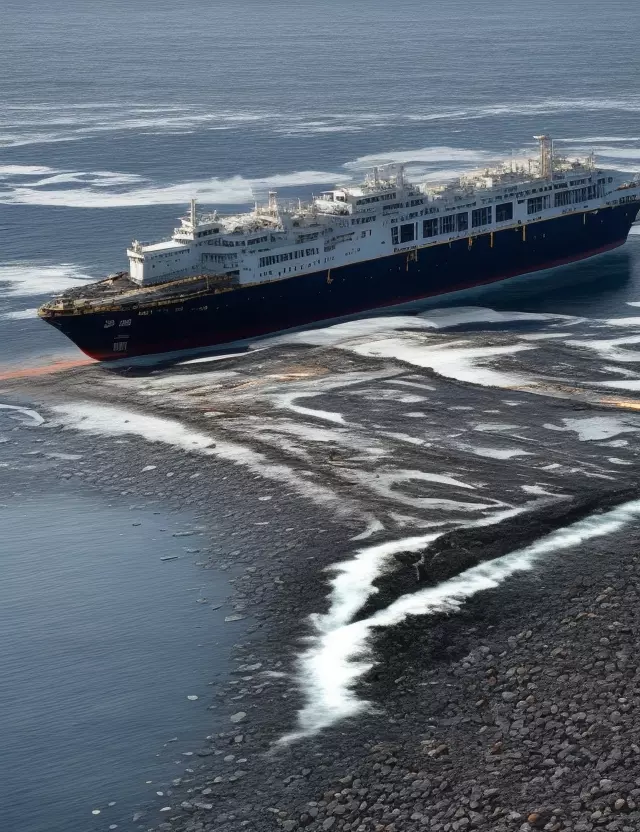Reflecting on the Exxon Valdez Oil Spill: A Reminder of Environmental Devastation
Examining the Impact of the 1989 Environmental Disaster

Reflecting on the Exxon Valdez Oil Spill: A Reminder of Environmental Devastation
On March 24, 1989, the Exxon Valdez oil spill unleashed environmental chaos upon the pristine waters of Alaska, marking one of the darkest chapters in U.S. environmental history. The spill, which resulted from the grounding of the Exxon Valdez tanker, released millions of gallons of crude oil into the fragile ecosystem, wreaking havoc on marine life and devastating coastal communities.
The Toll on Wildlife
The immediate aftermath of the spill was a scene of environmental devastation, as oil-coated birds, fish, and marine mammals struggled to survive amidst the contamination. The spill's impact on wildlife populations was catastrophic, with long-term consequences for species and ecosystems.
Human and Economic Costs
Beyond its ecological toll, the Exxon Valdez oil spill inflicted profound human and economic costs on affected communities. Fishermen and indigenous peoples who relied on the waters for their livelihoods faced financial ruin, while cleanup efforts stretched resources and strained local economies.
A Lasting Legacy
Decades after the Exxon Valdez oil spill, its legacy continues to be felt in Alaska and beyond. While significant strides have been made in improving oil spill response and prevention measures, the scars of the disaster serve as a sobering reminder of the fragility of our natural environment and the urgent need for environmental stewardship.
Lessons Learned
As we reflect on the Exxon Valdez oil spill, we are reminded of the imperative to prioritize environmental protection and sustainable practices. By learning from past mistakes and working together to safeguard our planet, we can strive to prevent future environmental catastrophes and ensure a healthier, more resilient world for future generations.



